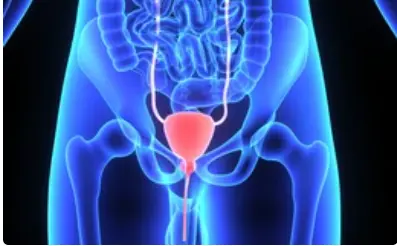 Welcome
Welcome
“May all be happy, may all be healed, may all be at peace and may no one ever suffer."
Meningococcal meningitis and septicaemia - Generics
Meningococcal meningitis and septicaemia are both caused by the bacteria Neisseria meningitidis. Meningococcal meningitis is an infection that affects the lining of the brain and spinal cord, while meningococcal septicaemia is a bloodstream infection.
Symptoms of meningococcal meningitis can include fever, headache, neck stiffness, nausea, vomiting, and a rash. Symptoms of meningococcal septicaemia can include fever, rapid breathing, cold hands and feet, joint pain, muscle aches, and a rash.
Both meningococcal meningitis and septicaemia are medical emergencies and require immediate treatment with antibiotics. In some cases, hospitalization may be necessary.
Prevention of meningococcal meningitis and septicaemia can be achieved through vaccination. Vaccines are available that protect against several strains of Neisseria meningitidis, and are recommended for adolescents and young adults, as well as others at increased risk for these infections.
Good hygiene practices, such as frequent hand washing and avoiding close contact with people who are sick, can also help to prevent the spread of meningococcal meningitis and septicaemia.

Renal stone

AIDS-related Kaposis sarc...

Diabetic angiopathy

Uterine bleeding

Muscle relaxant in genera...

Osteoporosis

Tetanus

Painful bladder syndrome
Meningococcal meningitis and septicaemia, মেনিনোকোকাল মেনিনজাইটিস এবং সেপটিসেমিয়া
To be happy, beautiful, healthy, wealthy, hale and long-lived stay with DM3S.